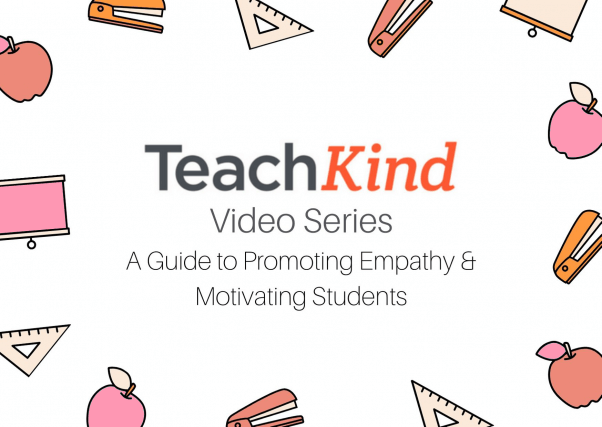Best Tips On Selecting Italian Kindergarten Teaching Aids
Wiki Article
What Books, Workbooks And Other Books Are Needed For Italian Preschools?
Italian kindergartens usually focus on creating a stimulating learning environment. They rarely employ traditional textbooks. But, books can play an important role in supporting children's language development and encouraging a love of reading. Here are some titles that may be helpful for Italian nurseries: Picture Books: Picture books aid children develop their vocabulary and creativity. They also can help to encourage reading. They feature colorful illustrations as well as easy-to-read text.
Board books are books with thick pages and sturdy covers that are suitable for young learners who are beginning to master the use of books. You can use them to introduce your child to various topics like animals, colors patterns and numbers.
Nursery rhymes: Kids can develop social skills, language skills and memory abilities through nursery rhymes. Italian kindergartens may include nursery rhymes and songbooks into their routine activities.
Books that focus on diversity and inclusion: It is crucial for children of all ages to learn about diversity and inclusion at an early age. Children can develop empathy, respect and a sense of understanding through books with characters from diverse backgrounds, cultures and abilities.
Italian books on language. Italian schools can use books in Italian to help children learn the language and improve their skills in the language. Pictures, simple stories and even books with Italian songs and rhymes can be included in these publications.
It is essential to select books that are appropriate for the age group, engaging, and culturally relevant to children at the school for children in the nursery. Teachers and caregivers can make use of books to encourage children to explore new themes and topics. Read the best materiale didattico italiano sostegno for site examples.

What Maths Textbooks Are Recommended For Italian Elementary Schools?
Maths didactic games can be efficient in introducing children to the basics of maths in Italian nursery schools. Maths didactics cards can be useful for teaching children basic math concepts. They may also include images of animals or other objects which represent numbers. This can make the learning process more enjoyable.
Shape cards are a great way to help your child become familiar with the various shapes. For example they can help them learn how to recognize and explain the shapes of triangles, squares and circles. They may also include illustrations of real objects that illustrate every shape.
Color cards are a fantastic method to let your child learn about the different shades of colors. In order to make learning more interesting it is possible to include images of objects with a dominant color.
Counting Cards can aid children learn numbers from 1 to 10 or more. They could be illustrated using animals or objects to symbolize each number. This makes the learning process more interesting.
Time cards. Time cards can be used to teach children the names and dates of weeks and months. The cards could include illustrations of clocks and calendars to aid in learning.
It is crucial to select Maths educational cards that are appropriate for children of a certain age fun, interactive, and engaging for children who are just beginning to learn. These cards let teachers and caregivers to design Maths-related activities that are enjoyable and interactive, which promote the curiosity and enthusiasm of children. Follow the top schede didattiche matematica for more info.
What Kind Of Science Materials Do Italian Schools Need To Support Their Teaching?
The use of science education material in Italian nurseries is a great opportunity to get youngsters to investigate and learn about the world around them. Here are some examples where science teaching materials may be required: Curriculum and lesson plan A well-constructed lesson plan and curriculum that incorporates science-based concepts will ensure that the children are exposed to and understand many scientific concepts.
Visual aids and manipulatives: Visual aids such as posters charts and nature specimens and even simple science experiment kits and magnifying lenses can assist children to learn the science of it by making it up for themselves.
Videos and books. Books or videos on topics like weather, space, animals and plants are a great way to engage kids and provide them with additional resources.
Outdoor learning spaces. Children can explore the natural surroundings through playgrounds, gardens, and other outdoor learning spaces.
Participate with parents in the learning process Engaging parents in the process of learning can help reinforce concepts learned in nursery. It also increases families to be involved.
Assessment instruments. Teachers and parents can use these tools to monitor the progress of their children, and also to pinpoint areas of need for additional support.
It is crucial that all teaching materials for science are age-appropriate and appropriate for the students. Teachers and caregivers can to make use of these materials in order to develop engaging, interactive science experiences for children that will promote their curiosity and love of education. Have a look at the most popular schede didattiche scienze sostegno for blog tips.

What Materials Are Needed For Geography In Italian Nursery Schools?
Italian nurseries use geography resources to help children understand diverse cultures, different environments and even countries. Here are a few examples of geography-related teaching materials that may be needed maps. They can assist children comprehend the geography and geography of different countries and regions and also the place of landmarks that are natural.
Globes are an excellent way to help kids visualize the Earth's surface and teach them about continents as well as oceans.
Videos and pictures: Pictures and videos of different places and cultures will help children discover the global diversity and build a love for different ways of life.
Books: Children's books which highlight diverse cultures can stimulate a child's curiosity and interest in the world.
Natural materials can help children learn about various ecosystems.
Field trips: Field trips to local parks, museums, zoos and Zoos are a great way for children to get the chance to experience hands-on activities and also an chance to study geography in a real-world context.
The resources you select for teaching geography should be age-appropriate, and also culturally sensitive. Teachers and parents can make use of these resources to develop stimulating, interactive activities that stimulate children's curiosity and curiosity.
